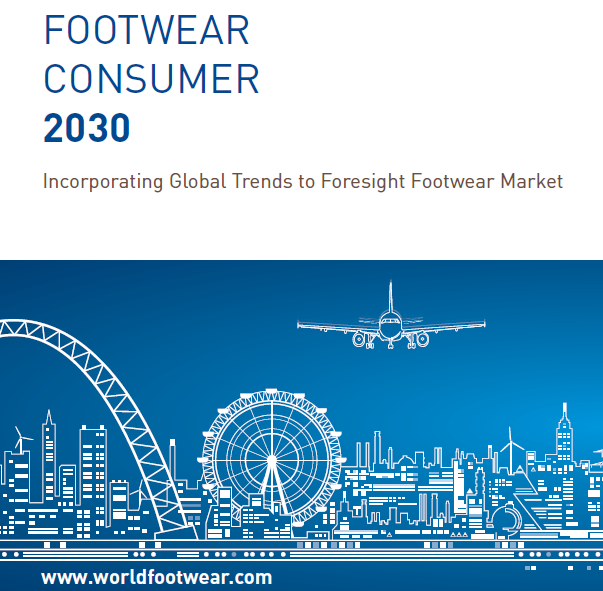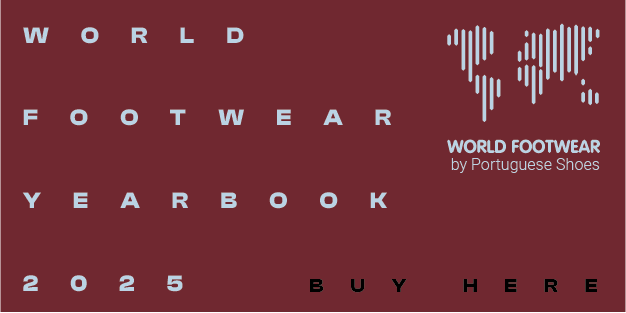Do we all want the same things?

The study Footwear Consumer 2030 predicts that in the next 15 years new globalisation phenomena will influence the decisions behind footwear production
Study available here.
The globalisation process, started in the 1400s, was mainly based on international trade relations. By the Second World War there was a shift in the paradigm with transformation occurring within the value chain. In the period that followed, technological advances have lowered costs across the different stages of development, production and shipping of products to a level where companies could have different stages of their manufacturing process located in different countries. Logistics and transport became less expensive and travel around the world became accessible to a significant part of the population.
With the internet and the massification of communication, access to information and knowledge was also facilitated, as most global information flows through mass media, and nowadays, side by side with economic interdependence, cultural globalisation, or the “the emergence of a specific set of values and beliefs that are largely shared around the planet” ( M. Castells) is gaining force.
As a result of this, in most countries of the world people born in the 2000's will have a tendency to naturally think and act globally. More than citizens of a specific country these young people will feel and act like citizens of the world, working in different countries along their careers and travelling often, for pleasure and work reasons.
Cross border or international migration is expected to grow even faster as a result of globalisation as countries will continue to present different age structures and different dynamics in the labour market. As inequality persists between economies, or cities, there will be an incentive to migrate and move elsewhere in search of better opportunities and increasing income.
Side by side with cross border migration, people will continue to migrate inside a country from rural to urban areas. Currently, 51.5% of the world population is located in urban areas, and this will continue to grow. According to The World Bank, 60.3% of the world population will live in urban areas by 2030. This concentration in cities will be particularly strong in countries such as Brazil (90.5%) and Mexico (81.9%). Although, countries like Bangladesh and India present lower concentration rates in urban areas, their evolution must be highlighted by the rhythm at which things are changing in these countries. In 1990 only 19.8% population of Bangladesh was located in cities and 25.5% in India. By 2030 these are expected to grow to 44.3% and 40.9% respectively.
This movement towards cities happens globally, as there is a common tendency for people to migrate to urban areas, as these are usually associated with better economic conditions and wider job opportunities. From the perspective of the country or city receiving the new migrants, there is a potential to increase fertility and reshape the population structure, and in this scenario migration in countries with aged population structures might be a compensation for declines registered in the local workforces.
In this context of an ever growing globalisation and migration to richer areas (cross border and rural-urban) global brands will find enormous potential for growth. This migrant population, who moves around and gets in touch with different realities, and diverse cultures, is more adaptable to new things, becomes more influenced by fashion phenomena, more willing to spend money on clothes, shoes, culture, giving more importance to image, brands and being more sensitive to social issues. In this context, with the movement of people towards the direction of richer, fast paced and more sophisticated places, consumers become more style sensitive and fashion orientated. Trend setters are given significant airtime and brands are a mean to reach an end, as they allow their users to go up in the social ladder, improving status.
While in more rural areas, durability, functionality and quality are the key elements in the buying decision process, fashion reigns in the cities and urban regions. Quantity becomes important and even more relevant than quality, is the perception of a certain status and the potential to have higher levels of recognition associated to the possession of a certain item. In this scenario global brands will born and grow within business organisation and from its inception they will seek to derive significant competitive advantage from the sale of their products in multiple countries.
adidas and Clarks are two global brands with activities in several countries, and both are implementing strategies to take full advantage of the dynamic increase in footwear consumption forecasted for China and India. adidas plans to expand to 400 news cities in China during 2015 and Clarks announced a plan to strength its India presence to over 100 stores in two years.














